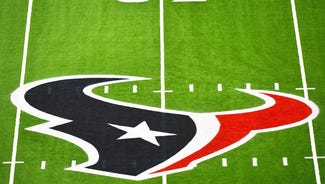





































































































































Don't let the numbers fool you on Tebow
It’s been almost eight weeks since my categorical endorsement of Tim Tebow as Denver’s starting quarterback. The column was adequately argued. At 1-4, the Broncos weren’t going to get any worse.
But my urgings were based mostly on entertainment value. It would be a lot more fun watching Denver flame out with Tebow than with Kyle Orton.
Only now, with the Broncos having a good chance to win their fifth straight, and go 6-1 with Tebow as a starter, have I seen the error of my ways. Actually, it’s not just my error. The entire football establishment is culpable. To dismiss Tebow merely on the basis of an amateurish throwing motion is easy. It’s intuitive. But it’s also wrong.
By now, you know all about Tebow’s flaws. Still, the biggest one might be the methods that have been used to evaluate him. The standard barometers — starting with quarterback rating — just don’t seem to work.
It’s not that Tebow is better than his numbers suggest. Rather, the numbers don’t measure what he does well — and, no, I’m not referring to his “intangibles,” either.
First, for all of his shortcomings as a passer, Tebow doesn’t throw many interceptions (only one this season). Second, conventional passer ratings don’t take into account his considerable ability as a runner. Tebow isn’t like any of his predecessors. He isn’t a “scrambler.” He’s a downhill runner — easily as big as most fullbacks — who runs from the pocket, typically charging into an already spread-out field.
How do you measure that? Being a mere hyperbolist, I called someone who understands these metrics. Sean Lahman is a reporter specializing in databases, and author of The Pro Football Historical Abstract. In his attempt to make Bill James-ian sense of the NFL, Lahman came up with a theory of “Adjusted Yards.” It’s a particularly useful tool when applied to quarterbacks, as it reflects fumbles, sacks, interceptions and rushing yards in addition to the usual passing numbers.
“Over 16 games,” said Lahman, “Tebow projects to 19 touchdowns, three interceptions, 2,061 yards passing and 1,112 yards rushing with five rushing touchdowns.”
That doesn’t make him Johnny Unitas. But it would make him an incredibly efficient quarterback.
“There has never been anything comparable to that,” said Lahman.
The closest thing would be Michael Vick in 2002 (2,900 passing yards, 750 rushing, 16 TDs, eight INTs), or Steve McNair in 1997 (2,665 passing yards, 674 rushing, 14 TDs, 13 INTs). “But folks don’t look at the cost of the interceptions,” Lahman said. “For all Tebow’s limitations as a passer . . . he doesn’t need to throw for 4,000 yards if he’s avoiding turnovers and producing significant yards on the ground.”
In other words, he doesn’t have to be Tom Brady or Aaron Rodgers. It might just be enough to be Tim Tebow.
Remember, there are plenty of quarterbacks — from mediocre ones like Mark Sanchez to gifted specimens like Philip Rivers — who’ve already ruined their teams’ seasons with interceptions. And there are quarterbacks — Earl Morrall and Trent Dilfer come to mind — who’ve won Super Bowls with a lot less talent than Tebow.
In Tebow’s case, the conventional numbers lie. His quarterback rating of 80.5 would rank him 21st in the league. By Lahman’s measure of "Adjusted Yards," however, he’s no worse than ninth.
Still, because the nine games in which Tebow has appeared (six as a starter, three in relief) are an admittedly small sample, Lahman came up with a better way to gauge Tebow’s effectiveness. It’s a spread sheet that ranks quarterbacks by "Adjusted Yards per Touch" (“a touch” being defined as pass and rushing attempts plus sacks).
By that measure, Tebow gains an average of 2.61 yards every time he touches the ball. Maybe that doesn’t sound like much, but only four quarterbacks have done better this season. In order, they are Rodgers, Drew Brees, Brady and injured Matt Schaub. Tebow is No. 5.
If that’s pretty damn good, don’t be so surprised. It’s only what you should expect from a quarterback who’s 5-1 as a starter.
Lahman’s numbers don’t lie. They’re more complete than the quarterback ratings. They’re not intuitively flawed like the eyeball test. (“You see him? I threw better than Tebow in junior high.”) And they don’t depend on my specialties, to wit: hyperbole and sentiment.
After six starts, it’s not yet clear what Tebow represents: an anomaly or, perhaps, a new figure in the evolution of sports’ most interesting position. Only a single quality defies quantification. Call it an intangible if you must. But Denver's starting quarterback is certain to entertain.

2024 NFL mock draft: 4 QBs in top 5, 4 receivers in first 10 picks

5 Bold Predictions for 2024 NFL Draft: Texas DT Byron Murphy a top-10 pick
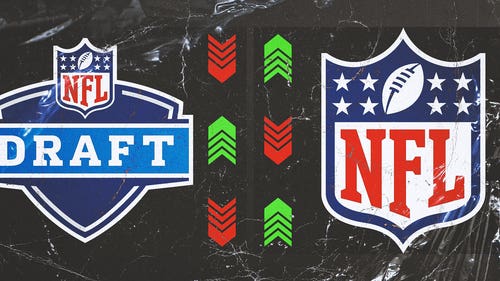
The art of NFL Draft misdirection: How teams use subterfuge to hide their plans

2024 NFL Draft Schedule: Date, time, how to watch, TV channel
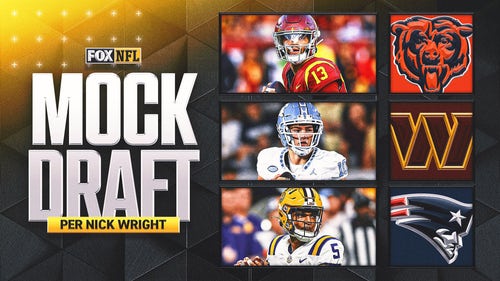
2024 NFL Draft: 5 QBs drafted, Jets add Bowers in Nick Wright's final mock draft
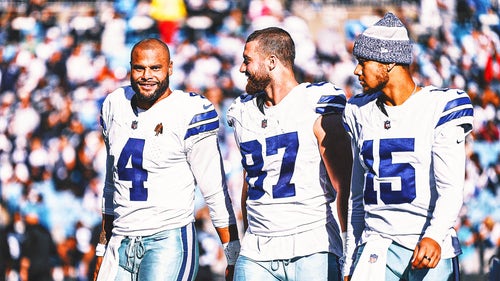
What are Cowboys’ best options at QB if Dak Prescott leaves?
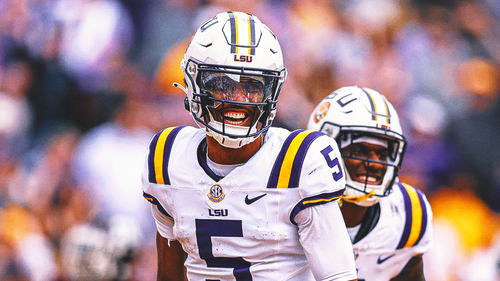
2024 NFL Draft odds: Jayden Daniels' second pick odds shortening

Emoji-Gate not enough to scare Commanders off Jayden Daniels

USC's Caleb Williams says he's a 'big fan' of Washington WR Rome Odunze


2024 NFL mock draft: 4 QBs in top 5, 4 receivers in first 10 picks

5 Bold Predictions for 2024 NFL Draft: Texas DT Byron Murphy a top-10 pick

The art of NFL Draft misdirection: How teams use subterfuge to hide their plans

2024 NFL Draft Schedule: Date, time, how to watch, TV channel

2024 NFL Draft: 5 QBs drafted, Jets add Bowers in Nick Wright's final mock draft

What are Cowboys’ best options at QB if Dak Prescott leaves?

2024 NFL Draft odds: Jayden Daniels' second pick odds shortening

Emoji-Gate not enough to scare Commanders off Jayden Daniels

USC's Caleb Williams says he's a 'big fan' of Washington WR Rome Odunze
